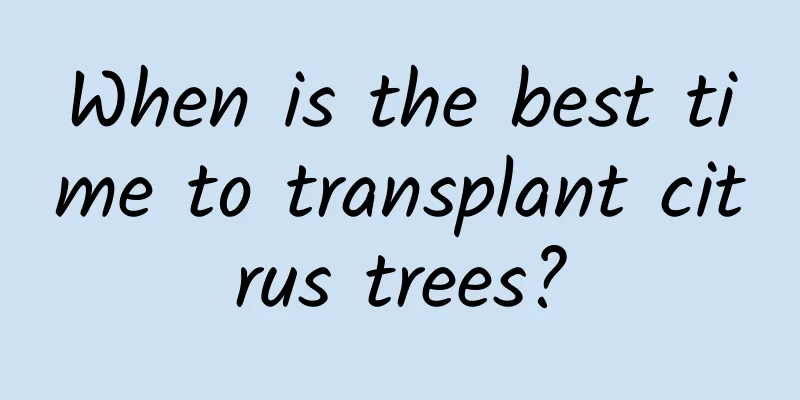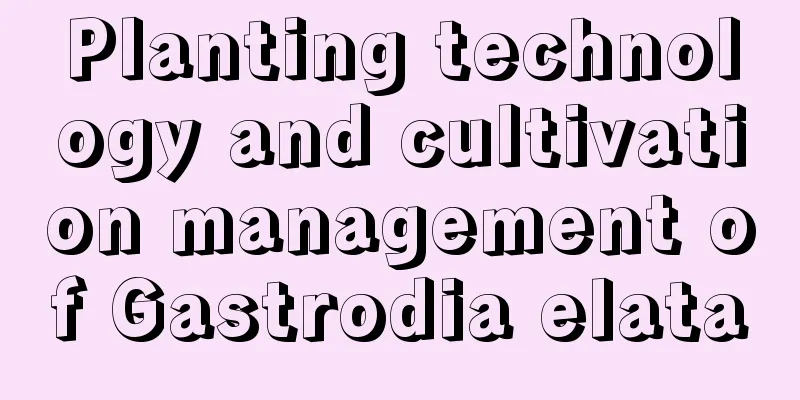Cultivation methods and precautions of red clover

1. Maintenance methods1. Temperature: Red clover prefers coolness, preferably between 15 and 20 degrees. When it is too hot, its growth is hindered to a certain extent. Therefore, when the temperature is higher than 35 degrees, it must be adjusted. Above 40 degrees may even directly lead to its death. It has good cold resistance, but it cannot be lower than minus fifteen degrees Celsius. 2. Light: Red clover is a plant that prefers semi-shade. It is very afraid of strong light. After being exposed to strong light for a long time, its leaves may turn yellow and its flowering may be affected. Therefore, in the case of strong light, be sure to block it slightly. 3. Watering: Red clover has good waterlogging resistance, but poor drought resistance. Therefore, during the growing period, it is necessary to replenish water in time after drying, and spray some water when it is very hot. However, water must also be controlled in winter. 4. Fertilization: Red clover is relatively tolerant to barrenness, so generally speaking, not too much fertilizer is needed. It can be applied only before and after the flowering period. It is generally not necessary to apply it at other times unless the growth is severely hindered. 2. Breeding techniques1. Reproduction: Seeding propagation can be adopted. The fruits are usually collected in autumn and then the seeds are collected. After collection, store it at zero to five degrees. The sowing site can be in a fertile, well-drained area. Both spring and autumn sowing are possible. Before sowing, the seeds can be mixed with fine sand and spread out in a "broadcasting" manner. The thickness of the soil cover can be between two and three centimeters. 2. Pruning: Pruning is mainly aimed at leaves and flowers. The main targets for pruning are dry and yellow leaves. In addition, the flowers also need to be trimmed after the flowering period. 3. Problem diagnosis and treatment1. Diseases: "Viral diseases" are prone to occur in hot and dry seasons, so appropriate amount of water should be added while spraying the pesticide. "White leaf disease" is common in humid conditions and can be controlled with Class A thiophanate. 2. Pests: "Aphids" and other pests are relatively common, and spraying pesticides is relatively effective. IV. Other issues1. Toxicity: It is non-toxic and a good medicinal material. 2. Can it be raised at home? Yes, it has good ornamental value. And its maintenance method is relatively simple. |
<<: Cultivation methods and precautions of Hedinglan
>>: Cultivation methods and precautions of red holly
Recommend
Green radish and Clivia... This is how an aunt from Shandong grows them, and they grow to bursting sizes every year!
How to grow green radish, the leaves are so green...
How to grow more buds of Tiger Pilan
illumination Because its growth habits greatly af...
Can milk be used to water flowers directly? The correct way to water flowers with milk
Watering flowers directly with milk Milk cannot b...
How to use egg shells as fertilizer How to use egg shells as flower fertilizer
· Eggshells are good things. Many flower lovers a...
The main value of sunflower
Plant Introduction It is a plant of the Malvaceae...
What are the cultivation methods and precautions of Brazilian wild peony?
Brazilian wild peony cultivation method Brazilian...
How to prune tuberose
When is the best time to prune tuberose? It is su...
What to do if there are bugs in flower pots in summer
What to do if there are bugs in flower pots in su...
Coriander is 40 yuan per pound! If you can’t afford to eat it, hurry up and grow one at home!
Plant a handful of coriander roots in a pot, and ...
Sorghum Planting Time and Method
Sorghum growth habit Sorghum is a thermophilic cr...
How to keep a fortune tree alive at home (what to pay attention to when growing a fortune tree to make it grow fast)
The leaves of the money tree are evergreen all ye...
Can I water the grapefruit tree when it is blooming?
Watering the grapefruit tree in bloom The pomelo ...
How to prune Tiger Eye Dieffenbachia
How to trim the leaves of Tiger Eye Dieffenbachia...
What soil to use for growing succulents
1. What soil to use The choice of loam is the bas...
Red flesh apples bear fruit in several years
Introduction to growing red flesh apples Red-fles...









